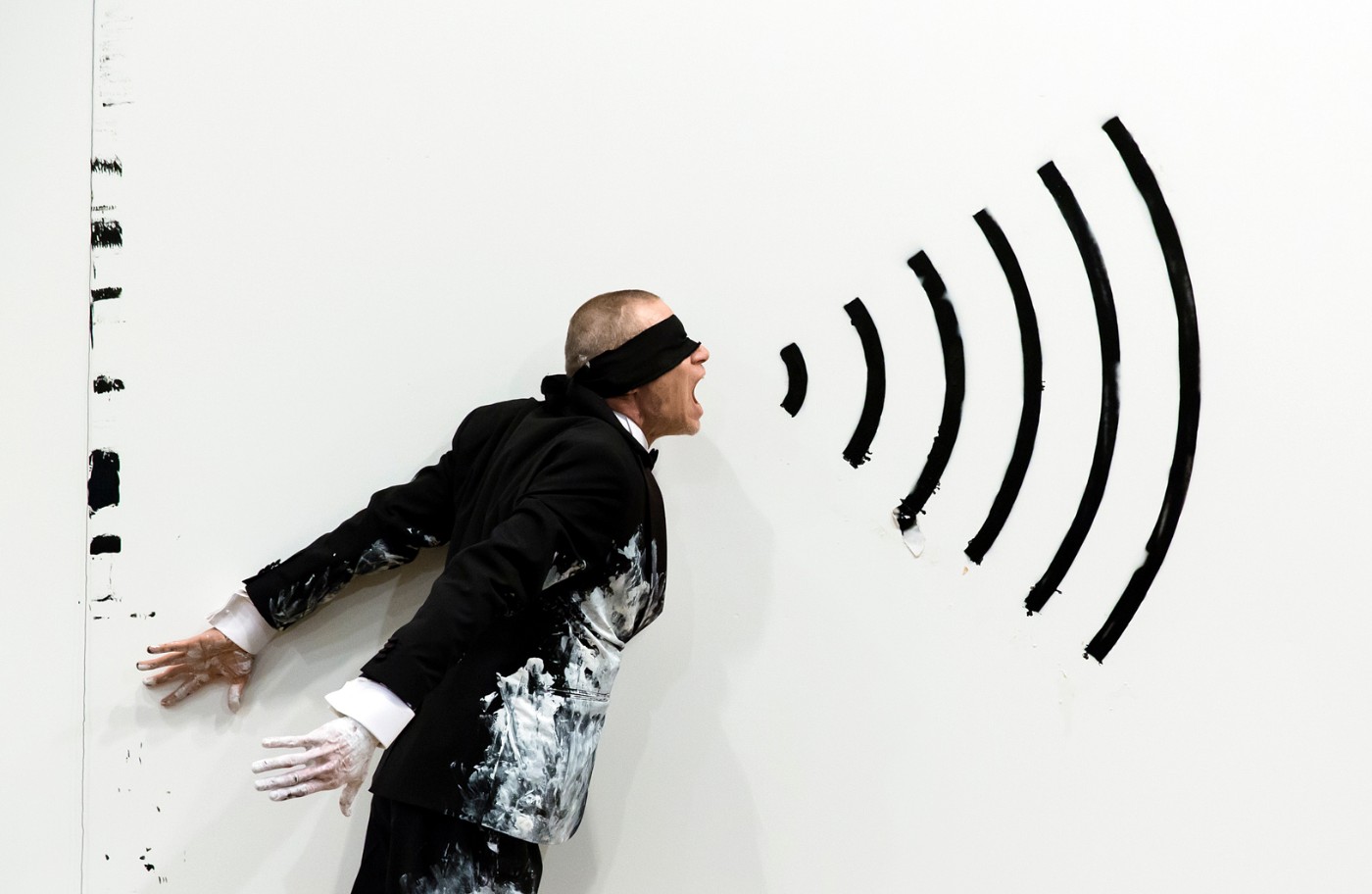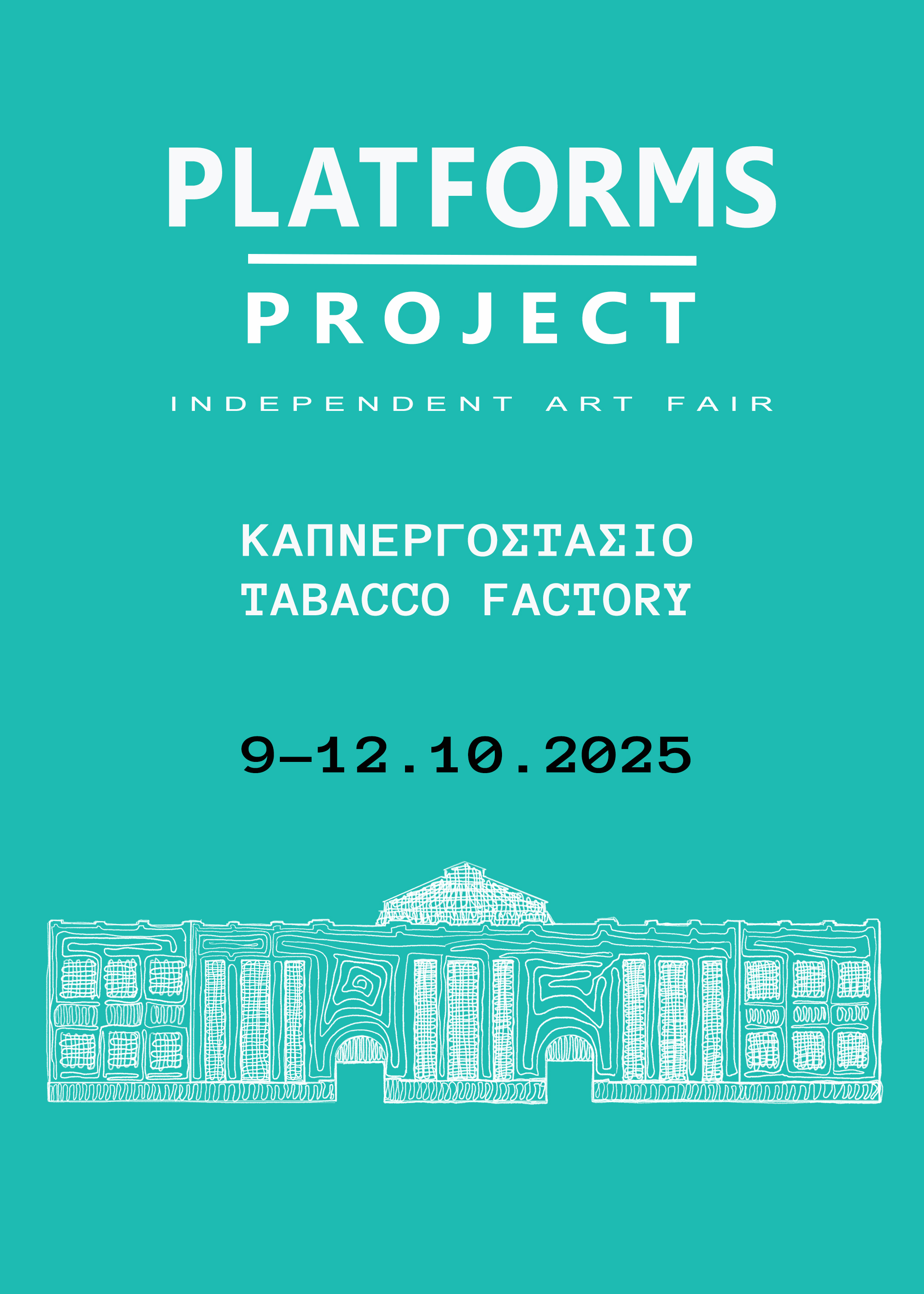On the invitation of Athens-based curator Sebastian Boulter, performance artists Roi Vaara and Beate Linne will be making their first appearances in Greece this week. Boulter has organised a comprehensive residency for the two artists in cooperation with the Finnish Institute at Athens, where he is a curatorial fellow. Vaara and Linne are internationally active artists, formidable figures of performance art today. Yet, they continue to present their work in intimate and independent spaces. In the framework of their residency in Athens, both artists will present original works in evenings at TV Control Centre in Kypseli, and at Sub Rosa Space in Monastiraki. Here, they offer insights into their processes and give some context to the performances they will be presenting.

How does performance function in relation to local topography/geography? How do urban centers influence the performance work that is situated there? For example, how has Helsinki or Berlin shaped the performances located there? What factors of political, cultural, architectural, urban significance have shaped the practices of the city’s performance artists?
Roi Vaara: Every site and situation is different, be it urban or rural, and plays an elemental role in how a performance could be constructed to function. Art centres in urban milieux are usually indoor places where the audience comes on purpose and subtle actions can be carried out. In public places we'll meet incidental audience. In art museums, a great deal is forbidden or restricted. Urban milieux also offer public places of multiple categories, where performances may lead to problems with bureaucracy, especially if some permissions are missing. Most of my performances take place in artist-run venues.
Beate Linne: Of course there are performances in public space which are related to the special circumstances of the urban centres. There are interdisciplinary projects dealing with issues of urban centres. It seems that the organisations and institutions are more involved with implementing those factors and collaborating with international artists. Like Urban Art Week, Urbanophil, network for urban culture and the Urban Nation Museum for Urban Contemporary as an example in the bigger scale. Until now, I have not noticed any performance event that was involved but other art forms like graffiti and street art. But it seems that there is a trend for socially engaged performance art. Performers working in their local communities and connected to cultural or social centres. Working with socially disadvantaged people, refugees, minorities and so on. I think the performers are always affected by the environment they live in, and their performances are affected by the circumstances. But this does not necessarily mean that the performances are obviously related to that.
You both have done a number of performance interventions in cities around the world. How do you approach a given urban environment as a site of intervention? What information or stimuli do you seek, if any?
Roi Vaara: In most cases my performances have taken place indoors in performance art festival contexts. That is a safe arrangement compared to public places, which I find more challenging as anything can happen in terms of intervention of spectators or officials. The incidental spectators are always taken by surprise and you can see that in their instant reactions. My work is to work with energies. I transfer energies. I'd like to get people energised. I construct situations, open-ended for interpretations but with dense energy vibrating.
Beate Linne: Usually I do a research about every place where I am supposed to perform. I find general information about the space, the political and social issues in the country, the city and the culture of the region. I do this especially when I am going to perform in countries with a distinctly different culture than what I know as my own. The understanding and interpretation of actions [during a performance] might be very different from ours in Europe. (It is different already inside Europe to begin with). The Gestures and Symbols are used in different ways or do not exist [in other cultures]. Cultural regions have their own behavioral norms. From my point of view, it is important to consider such things when I create a performance and travel around the world. The daily life can be fundamentally different. An extreme example is the Performance festival “Performancear o Morir” [“Perform or Die”] in Mexico, Chihuahua, Norogachi. It is a rural community. In Easter time people from the Raramuri tribe celebrate the Semana Santa in that little village. In order to get a connection to these people, share time and space and perhaps do an interaction during the performance, it's helpful to know a bit about their culture.

Could you describe your work in general terms?
Roi Vaara: I consider my work as a form of poetry. It's site- and situation-specific poetry, made live. It is a creative process for myself and for my audience alike. It is a process of creation where past and present meet in a new experience. As an artist I am an investigator of experience and my art is an experiment. I aim to break the materialised consciousness using immaterial values. The character of my art is a kind of all-inclusive two-way street: all that is present and happens during the performance is part of the work as the work is part of the event as a whole. The work is an existential examination distilled by simple means and carried out by everyday gestures and materials. Which is to say that we are all art and we perform it in the forms of art or in life. In essence, it is a transformative process and a cathartic experience.
Beate Linne: I am doing mainly solo works, but I also cooperate with other artists. Here I'd like to define my solo works, because the approaches can be different. I try to create my performances in such a way, that everybody has the possibility to connect in one way or the other. So, I have to take care not to exclude people from the beginning. For example, through spoken language or [by touching upon] special issues the audience is not related to. In general, I have a close relation to the material I use. Often, I collect it over a long period of time. It is loaded with meaning. Typical materials I use are for example hair, coal, dead or alive insects or other animals and plants, ash, fire and mirrors. In the performances I also consider my body as material. I think that probably everybody can get a relation to this kind of material. In my performances I create a pictorial language that expresses thoughts and feelings that cannot be represented in verbal language. I also like to interact with the audience.
For me the exchange with the people is a very important aspect. My works are not about presenting ready answers or concrete statements to social and political subjects; they are rather an offer that activates the spectator to find their own interpretations or associations. My performances and installations can be seen as poetical compositions that transform life in odd actions and living images. I consider performance as an opportunity to express myself in my ongoing examination into the ideas of freedom and conventionality of body and thought.
Could you describe shortly what will you do at TV Control Center and Sub Rosa Space?
Roi Vaara: In my youth I played guitar but I never became a musician and in my performances I've never used any musical instruments so far (if I remember right), but now I have to admit that a circle of some kind is going to be fulfilled in this respect. I'll have a brand new Fender Stratocaster, which is provided to be played only in my two performances in Athens before [it goes] out of use. In TVCC I will play all the strings of the guitar. Then, at Sub Rosa Space the guitar will be played by the surfaces of the streets of Athens, following a presentation of some works on video.
Beate Linne: For TV Control Centre I am going to create a new work. At this time, it is still in process. As I don’t have a clear imagination of the space, the final decisions will be made when I have visited the TVCC. But my idea is that I will most likely work with visual and audible components. It will be different from the works I have done before. Probably video will be also involved. The performance will deal with time and memory. It’s titled “Inscription” and will last about 20 min. The piece I will present at Sub Rosa will be one out of the series I started last year. It has been shown in different countries, each time in a modified variation. The title “Freude schöner Götterfunken” (“Joy, beautiful spark") already reveals the issue it is dealing with. There will be an interaction with the audience as well. The duration is also about 20 minutes.


